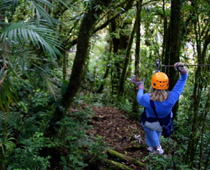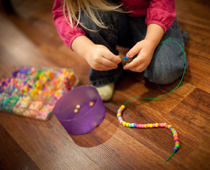| 1. |
She reached out to TOUCH the red velvet wallpaper. 
|
||||||||
|
| 2. |
The boy used an abacus to help him COUNT. 
|
||||||||
|
| 3. |
Please FOLLOW the guide and do not wander off on your own. 
|
||||||||
|
| 4. |
She CONCENTRATED a moment in order to be able to thread the beads on the string. 
|
||||||||
|
| 5. |
He knew that she ACCUSED him of being the lazy one. 
|
||||||||
|
| 6. |
It was his first day on the job and he hoped he wouldn't have to APPREHEND anyone! 
|
||||||||
|
| 7. |
We will ELECT you as the treasurer of the club. 
|
||||||||
|
| 8. |
The offer INCLUDES breakfast and an evening meal. 
|
||||||||
|
| 9. |
Did you TIE the bow yourself? 
|
||||||||
|
| 10. |
She was so bored, she couldn't wait to LEAVE the house. 
|
||||||||
|
